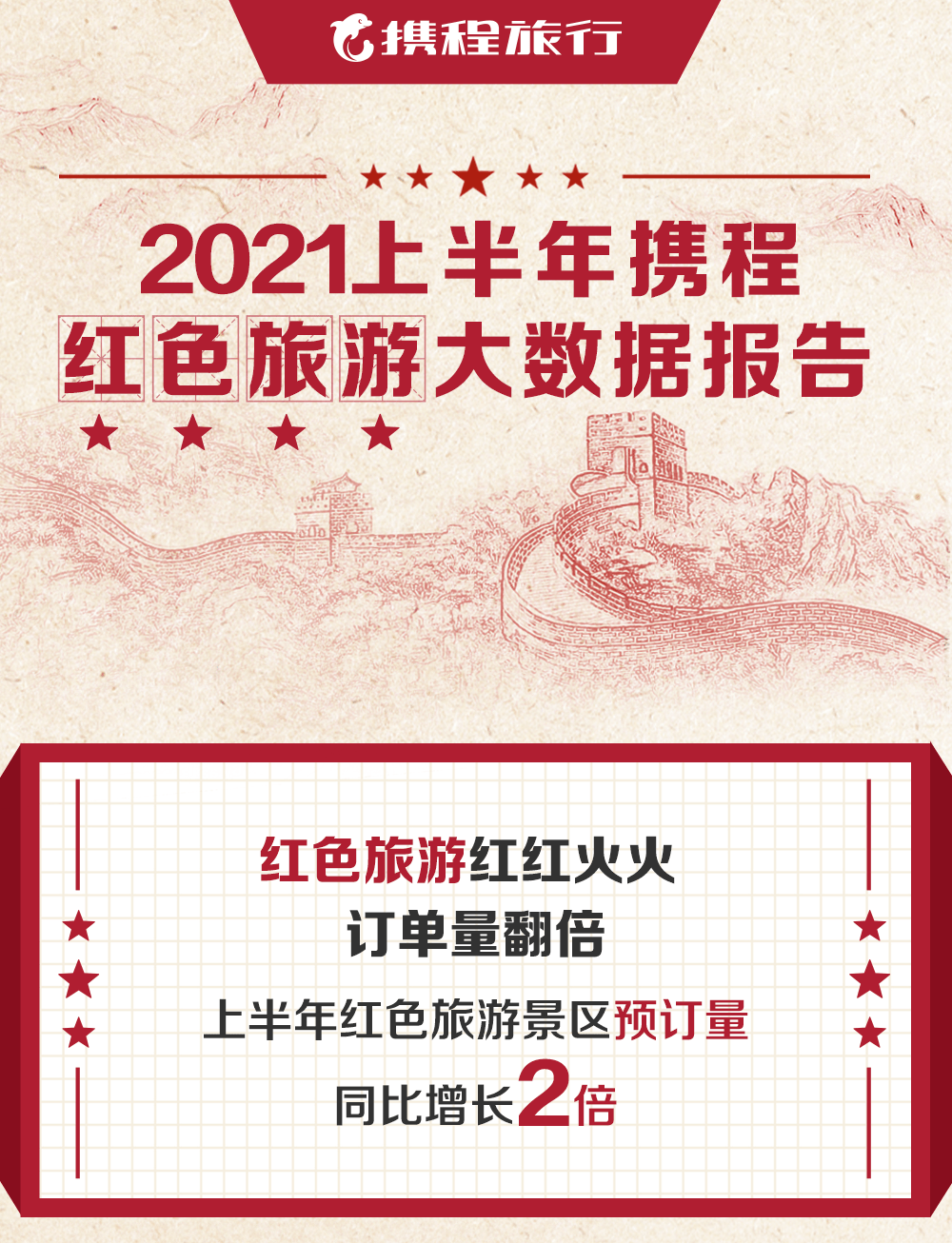Our self-driving trip to the south of the Yangtze River will mainly focus on two themes, one is to visit ancient towns, and the other is to visit ancient villages, just look at the classics in the classics! Tongli is the first of the six ancient water towns in the south of the Yangtze River. It must be the first stop of our self-driving tour. The results did not disappoint. Next is the ancient village. The ancient villages in the south of the Yangtze River have a relatively large selection space, and the most famous one is Xidi Hongcun, which is known as the most representative ancient village among Hui-style residential villages and is known as the “village in Chinese painting”. Although it is 400 kilometers from Suzhou City to Huangshan City, it is worth the gamble. Along the way, from plains to mountains, from highways to high-grade highways, quiet and freehand ink-wash villages have replaced the lively and prosperous new villages and towns, and large tracts of crops are spreading between the sky and the earth. Under the shining of the sun, the architecture and the landscape naturally evoke the charm of ink painting. After nearly 6 hours, the car finally stopped in front of the Hongcun Scenic Area in Yixian County, Huangshan City (ticket 94 yuan/person, manual explanation: 498 yuan). At the entrance of Hongcun Village, there are two “feng shui trees” with sturdy branches, each of which is more than 500 years old, and it takes about five people to hold each other hand in hand. Under the tree are villagers who are resting, drinking tea and chatting, and children chasing and playing around. I curiously asked the villagers about these two feng shui trees, and learned that the feng shui pattern of Hongcun Village is a “cow”, the two big trees in the village are the “ox horns”, the moon marsh pond in the village is the “cow stomach”, and the village is criss-crossed. The waterway is the “bull intestine”… I walked into the village with a little bit of Hongcun Fengshui knowledge from the hearsay. Strolling in the streets of Hongcun, you can feel a natural, unmodified beauty. White high walls, black tiles, and towering horse head walls, there are many broken brick carvings and old courtyard doors, plus the stone road reflecting the leisurely daylight, all this seems to be telling The past of this national historical and cultural village with a history of nearly 900 years. Most of the famous garden owners in the south of the Yangtze River are officials in the dynasty, and they have a lot of savings. They are willing to spend money like the earth on a piece of Taihu stone that resembles a Buddha statue. However, generations of house owners in Hongcun are more willing to work hard on their own small yard, even if it takes a lifetime or even the efforts of several generations. These are two groups with different values for the environment and life. The food in Hongcun left a deep impression on me, “heavy oil, heavy color, heavy firework”. It is said that this is a typical characteristic of Huizhou cuisine, and it has also left a deep impression on the tourists who have been here. One of the famous attractions in Hongcun is the “Prime Minister’s Mansion”. It is a place repeatedly mentioned in various travel guides and travel notes. It is said that it was once used as a hotel for the CCTV program film crew. Unable to resist the temptation of big brands, we also went to taste his signature dish-stinky salmon. It was dark when I came out of the restaurant. In Hongcun at night, the shimmering lake is reflected in colorful lights. Fortunately, the gut-shaped drainage system design of the ancient town makes us like road idiots not afraid of getting lost. As long as we walk along the sound of water, there is no reason to go back. It is said that the water system runs through the whole village of Hongcun, and no matter from which angle one goes, the effect of reaching the same destination can be achieved by different routes. In the early morning of the next day, the sun poured into the room, and the sound of washing was heard outside the window. I gently opened the window and saw the villagers washing the lake by the lake. I put on my clothes, picked up the camera, and jogged downstairs to capture the scene. In the early morning, Hongcun’s breeze was blowing, with a little mist. I have long heard that there are sometimes more students who come to Hongcun for sketching than tourists. Sure enough, in many places in the village, you can see those students who are carrying their drawing boards or sitting somewhere intent on painting. We walked randomly along the alleys in the village, and the sound of gurgling water was endless. Before I knew it, I had walked out of the village, passed a stone bridge and then turned to the right. There were large swaths of water in the fields on both sides that I saw when I came here. I continued to walk along the ridge on the side of the road, in the middle of the field. I was not only a part of the scenery of Hongcun, but also the recorder of the scenery of Hongcun.




























































You must log in to post a comment.